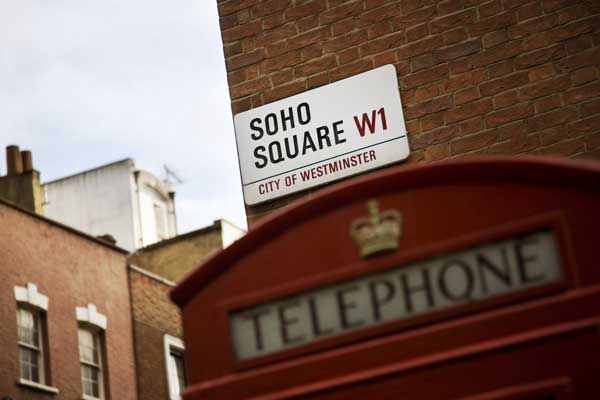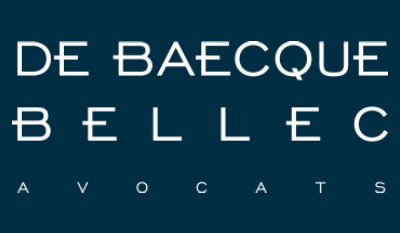Similarity of signs in trademark law: the SOHO case
The European Court of Justice has considered the distinctive character of the term SOHO. Can this name given to a district of London and New York constitute a valid trademark for alcoholic beverages? Does it necessarily indicate the origin of the goods? How is the similarity of signs assessed in trademark law?

Diego Cervo – stock.adobe.com
An English company registers a semi-figurative trademark THE KING OF SOHO. The company Pernod Ricard opposes the registration on the basis of its earlier word mark SOHO. It uses the mark for various alcoholic products in classes 32 and 33. The EUIPO (European Union Intellectual Property Office) accepted the opposition and refused registration on the basis of the earlier mark.
The case was then brought before the European Court of First Instance, which confirmed the refusal to register the mark in a decision dated April 28, 2021. The Court’s analysis of the comparison of the signs is interesting, especially since the applicant’s argument could seem relevant.
Comparison of the distinctive elements of the marks
First, the Court confirmed that the word element SOHO is dominant in both signs. The differences in color and font are not sufficient to remove this dominant character. The applicant contested this point, arguing that the elements “THE KING OF” were distinctive, the element SOHO describing a characteristic of the product. The court responded that the term “the king of” in the advertising sector is a laudatory term and therefore not very distinctive.
The geographical origin of SOHO for spirits
The second point of the argument lies in the fact that the term SOHO indicates a geographical origin. For the plaintiff, SOHO is not a distinctive element since it designates areas of London and New York, known for their nightlife and festivities. It would therefore be immediately associated with the fact of drinking alcohol and, consequently, would be descriptive of the goods designated in the application.
The court did not follow this argument: the name of a neighborhood, even one known for its bars, is not transposable to the products served in these establishments. There is no evidence that these neighborhoods are associated with alcohol production. Therefore, the term SOHO does not indicate the geographical origin of the goods referred to in the application, any more than those in the earlier mark.
The court confirmed the decision of the Board of Appeal. Because of the similarity of the goods and the similarity of the signs, there is a likelihood of confusion between the two marks in the mind of the relevant public.

Stephane BELLEC
Trademark attorney
Stéphane Bellec, Attorney, Partner Cabinet De Baecque Bellec
Intellectual property attorney
Tél. + 33 (0) 1 53 29 90 00
Tags: similarity, Trademark

